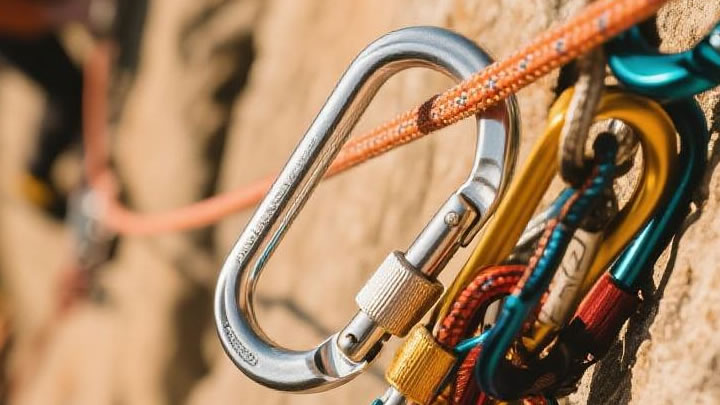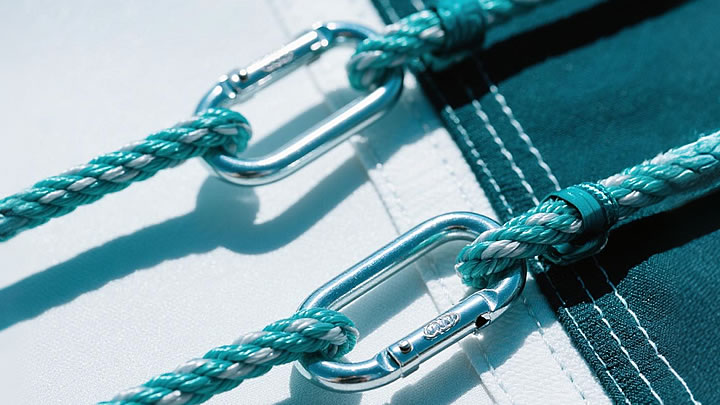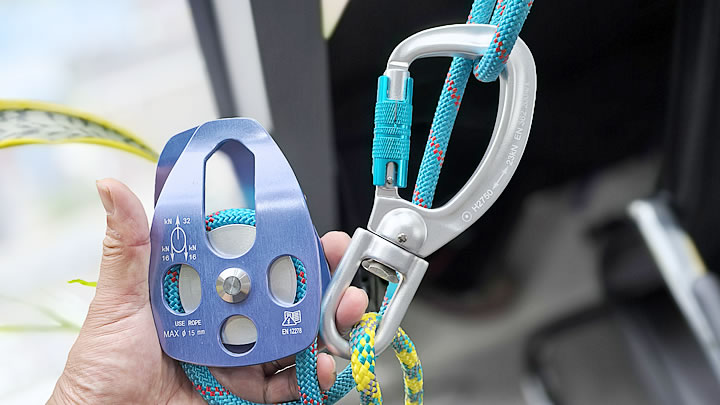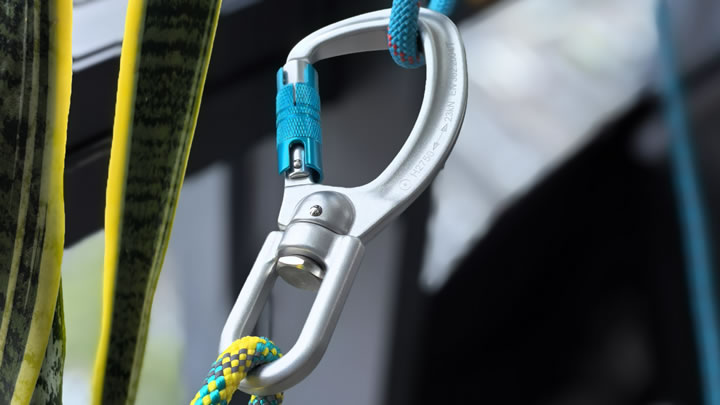How to Repair a Torn Hammock (Easy Fixes)
A torn hammock doesn’t have to spell disaster—whether it’s a small snag or a gaping hole, these proven repair methods will restore your favorite lounger to trail-ready condition. Drawing on textile engineering principles and field-tested hacks, here’s your ultimate guide to salvaging damaged hammocks safely.

Assess the Damage
- Minor Tears (<1 inch): Surface-level snags in fabric.
- Moderate Rips (1-3 inches): Compromised threads but intact edges.
- Major Damage (>3 inches): Separated fabric layers or broken suspension.
Rule: If >30% of the hammock is damaged, retire it for non-weight-bearing uses.
Tools & Materials You’ll Need
| Item | Purpose | Budget Option |
|---|---|---|
| Tenacious Tape | Quick no-sew patches | Gorilla Clear Repair Tape |
| Nylon Thread | Durable stitching | Dental floss (unflavored) |
| Fabric Glue | Bonding patches | E6000 Craft Adhesive |
| Seam Ripper | Clean frayed edges | Small scissors |
| Iron-On Patches | Reinforce weak areas | Cut-up old tent fabric |
Step-by-Step Repairs
1. Fixing Small Tears (No-Sew Method)
Best For: Nylon/Polyester Hammocks
- Clean the area with rubbing alcohol.
- Cut Tenacious Tape 1” larger than the tear.
- Apply to both sides of the fabric.
- Press firmly for 30 seconds.
- Cure for 24 hours before use.
Pro Tip: Round the tape corners to prevent peeling.
2. Stitching Moderate Rips
Best For: Cotton/Rope Hammocks
- Trim frayed threads with a seam ripper.
- Thread a needle with UV-resistant nylon thread.
- Use a zigzag stitch around the tear (1/4” spacing).
- Apply fabric glue to seal stitches.
Knot Hack: Double-knot thread ends and coat with clear nail polish.
3. Patching Large Holes
Best For: All Fabric Types
- Cut a patch from matching material (2” larger than hole).
- Sand edges to prevent fraying (if synthetic).
- Apply fabric glue to patch and damaged area.
- Clamp with binder clips until dry (12-24 hrs).
- Sew perimeter with a box X stitch for reinforcement.
Material Match Guide:
- Nylon: Use old backpack fabric
- Cotton: Repurpose denim scraps
Special Cases
- Suspension Tears: Replace damaged loops with climbing webbing (sewn in figure-8 pattern).
- Netting Damage: Mend with mosquito net patches and fabric glue.
- Rope Fraying: Dip ends in wax or heat-seal with a lighter (nylon only).
Post-Repair Safety Checks
- Weight Test: Gradually load with sandbags (start at 50% capacity).
- Flex Test: Gently stretch the repaired area 10-15 times.
- Weather Test: Spray with water to check waterproofing.
Red Flags:
- Peeling edges
- Unusual stretching
- Audible creaking
Preventing Future Damage
- Avoid:Sharp objects (keys, dog claws)UV exposure (store indoors)Overloading (check manufacturer’s limit)
- Maintain:Wash monthly with mild soapInspect stitches pre/post tripRotate stress points when hanging
When to Call It Quits
Retire your hammock if:
- Multiple repaired areas overlap
- Fabric feels brittle or cracks when folded
- Suspension shows rust/corrosion
Pro Tips from Gear Repair Specialists
- Backcountry Fix: Use duct tape + leaf lining for emergency support.
- Color Matching: Blend repairs with fabric markers.
- Warranty Check: Brands like ENO offer free repairs for manufacturing defects.
Final Thought: A well-repaired hammock often outlasts new ones—you’ve given it a story. With these techniques, you’ll save money, reduce waste, and keep swinging worry-free.






